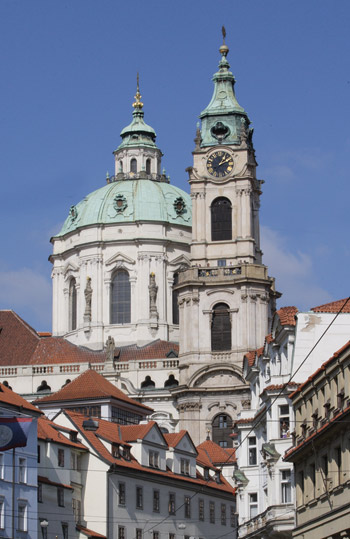
View of the Church of Our Lady Victorious (Galazka photo)
The Church of Our Lady Victorious, the first Baroque building in Prague and, since 1992, part of the UNESCO World Heritage Site of Prague’s Historic Center, is in Karmelitská Street in the Little Quarter close to the magnificent High Baroque Church of St. Nicholas. Hardly any construction has taken place in this neighborhood since the 18th century; it was built on the hill’s slopes below the castle, with magnificent views across the river to the Old Town. This impressive basilica was constructed here between 1611-13 for the German Lutherans who had settled in Prague, probably by the eccentric art-collector ecumenical Emperor Rudolf II’s court architect, Italian Giovanni Maria Filippi. On July 21, 1613, the church was dedicated to the Holy Trinity.
After the Battle of White Mountain in 1620, the victorious, devoutly Catholic Emperor Ferdinand II banned the practice of all Protestant faiths and handed over the church to the Order of the Discalced Carmelites, who rebuilt it. In fact, little has survived of the Lutheran church except the portal on the right of the present façade. In September 1624, the Carmelites dedicated their new church to St. Anthony of Padua and to Our Lady Victorious, whose holy image, carried into battle, was believed to have aided the Catholic troops.
Most visitors, however, are not interested in the church’s architecture or its complicated history; they come to venerate “The Infant of Prague.” Enshrined on an elaborate red-and-grey marble altar, a glass case contains this 18-inch tall wooden effigy with a wax coating; his right hand is raised in a gesture of blessing; his left holds an orb surmounted by a cross, signifying the world-wide kingship of the Christ Child. Parts of his feet are visible; his bottom half up to the waist is enclosed in a silver case for protection.
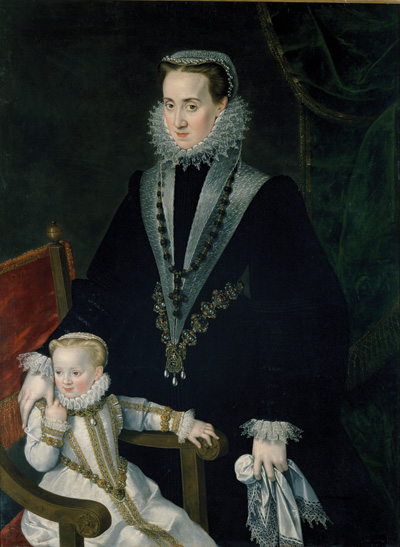
Maria Manrique de Lara who brought the Baby Jesus to Prague at the time of her wedding to Vratislav of Pernštejn.
There is an impressive record of miraculous cures obtained by praying before the statue, which is one of the most revered images of the Catholic world “with at least 500,000 pilgrims a year since the fall of Communism, although we don’t keep an accurate count,” Prior Anastasio Roggero from San Remo in Liguria told me on my visit there thanks to Czech Tourism in New York. “Several thousand, mostly from nearby or the United States,” he said, “came annually even during the Communist regime.” Today the majority are Hispanic, from Brazil and Argentina, as the effigy originated in Spain, but large numbers come from the United States and the Philippines. During his September 2009 visit to the Czech Republic, Pope Benedict XVI prayed here and presented the statue with a crown. During this visit, the Pope said that Prague’s Holy Infant reminds us of God’s closeness and love, and appealed for the strengthening of family ties and the protection of children.
According to legend, the Holy Infant appeared miraculously to an otherwise unknown Spanish monk who modeled this statue in the likeness of the apparition. Another legend recounts that the statue belonged to St. Teresa of Avila, the foundress of the Discalced Carmelites, who is said to have given the statue to a friend whose daughter was setting out to travel to Prague. The truth is that, when the Spanish Duchess Maria Manrique de Lara came to Bohemia to marry the Bohemian nobleman Vratislav of Pernštejn in 1556, her mother gave her the statue, probably made in Andalusia, as a wedding gift. It remained in the family until 1628, when the Duchess’ recently-widowed daughter, Polyxena of Lobkowicz, presented the precious statue to the monastery of the Carmelites attached to the church. (The statue was a traditional wedding gift to be handed down from mother to daughter, but Polyxena had only sons.) She is said to have stated: “I bring you my dearest possession. Honor the Infant Jesus and you shall never want.”
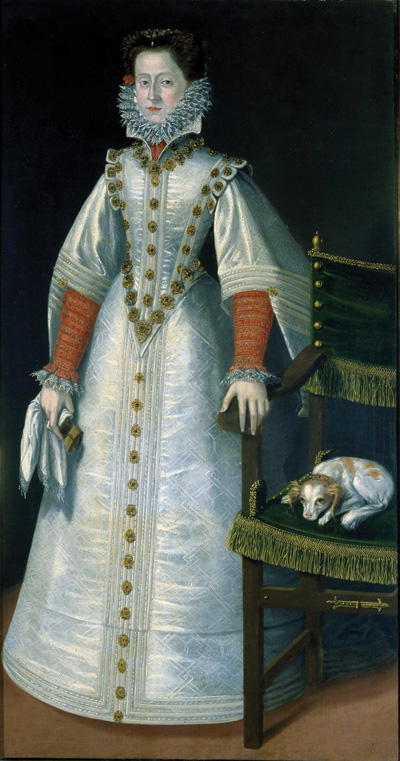
Polyxena of Lobkowicz, the couple’s daughter (Lobkowicz Collections)
The Carmelites immediately placed the statue in the novitiate chapel so that the young monks could learn from the virtues of Baby Jesus. However, at the time the Thirty Years’ War (1618-48, initially fought as a religious war between Protestantism and Catholicism in the Holy Roman Empire) was raging through Europe, and Prague was under siege several times and finally overcome and pillaged. The Holy Infant was not spared when the Protestant Saxon army occupied Prague in 1631 and the Carmelites had to flee. After his return six years later, Father Cyril, originally from Luxembourg, discovered the statue. It had been abandoned in a corner behind the main altar, thrown there by the mercenaries who had occupied the monastery. Both his hands were broken off. At that moment, the statue spoke to Cyril: “Have mercy on me and I will have mercy on you. Give me hands and I will give you peace. The more you honor me, the more I will bless you.” So, needless to say, the Holy Infant got new hands and protected the monastery and Prague during the Swedish siege in 1639. In 1651 the statue was carried as a pilgrim round all the churches in Prague and in 1659 was solemnly crowned by the bishop. The event is still evoked today on the anniversary feastday, the first Sunday of May.
Speaking of crowns, Pope Benedict’s crown, which currently adorns the statue’s head, is the Holy Infant’s third. It’s not placed directly on the statue, but is fixed independently just above it. The second was made between 1810 and 1820. The first dates to 1767. The two earlier ones were made by goldsmiths in Prague. In the past the statue was decorated with small jewels, presented as gifts by the faithful. The most valuable one was a copy of the Order of the Golden Fleece, which is now lost.
Prague’s Holy Infant has always been dressed in different robes, also all gifts of the faithful. His wardrobe numbers around 100 outfits, but some of them are incomplete or too damaged to use. His robes are changed by the Carmelite Sisters of the Holy Infant, who help the Discalced Carmelite Fathers, whose monastery next door was suppressed in 1784 by a decree of the Hapsburg anti-clerical (yet otherwise ironically religiously-tolerant) Emperor Joseph II, brother of Marie Antoinette. The monastery was reopened at the wish of the former Archbishop of Prague, Miloslav Cardinal Vik, on July 2, 1993, when Brother Anastasio and two other Carmelites (one fellow-Italian and one Indian) came to Prague. Now they are four: Brother Anastasio, Brother Victor from India, whom I also met, another Indian, and a young Czech.
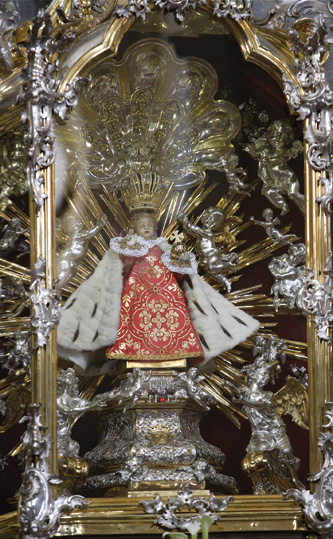
The miraculous statue of the Infant of Prague. (Galazka photo)
The robes’ colors correspond to the liturgical calendar; they are of four basic colors: white for feast days, Easter and Christmas; red for Pentecost, Holy Week, and feasts of the Holy Cross; violet for Lent and Advent; and green on a daily basis. On the feast of his coronation, the Holy Infant is usually dressed in his royal robes with an ermine mantle. On the third Sunday of Advent and the fourth Sunday of Lent his robes are rose, and they are blue on the feasts of Our Lady.
This ancient tradition of dressing the statue has always been intended to bring Jesus closer to the faithful as a real human being. Under his outer robes, he wears a gown known as an alb, which is not visible to the pilgrims; it is made of white canvas. The Museum of the Holy Infant displays several of these robes and other religious objects (chalices, crosses, sculptures…). Forty-eight robes are used, including one which was embroidered by the Empress Maria Theresa herself. The museum’s entrance is behind the main altar at the right hand side and up a spiral staircase to the first floor. Entrance is free. Opening times are Monday-Saturday 9:30 AM-5:30 PM and Sunday 1-6 PM. It’s closed the afternoon of Christmas Eve, Christmas Day and Good Friday. The Church of Our Lady Victorious is open Monday-Saturday 8:30 AM-7 PM and Sunday 8:30 AM to 8 PM.
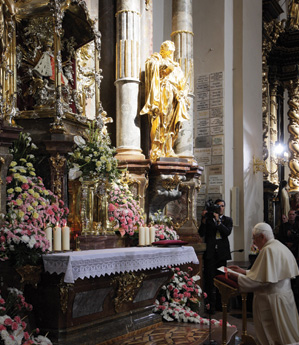
On August 26, 2009, Pope Benedict XVI prayed before the altar of the Infant of Prague in the Church of Our Lady Victorious (Galazka photo)
While many effigies of the Holy Infant are on display throughout the world only during the Christmas season, the one in Prague remains on exhibit almost every day of the year. Replicas of the Holy Infant of Prague, some of them sanctified by touch, others by decree of senior members of the Church, are found worldwide. India and South America count the greatest number, and the most shrines devoted to him are in Brazil with nine. In the United States his National Shrine is located in Prague, Oklahoma, a small town in Lincoln County in the center of the state, founded by Czech settlers (304 Jim Thorpe Boulevard, tel. 405-567-0364). American parishes named for him are located in Bridgeport, California; Cheektowaga near Buffalo, New York; Darien, Westmont, Chicago, Illinois; Flossmoor, Illinois; Jacksonville, North Carolina; St. Louis, Missouri; and Trussville, Alabama. Suggested reading: Penance: Walking With the Infant (2007) by award-winning author Bob Kunzinger.
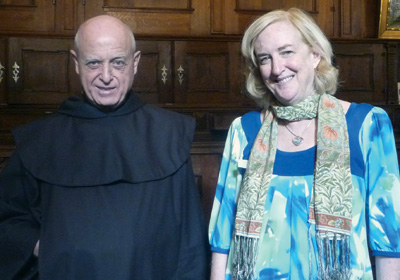
Prior Anastasio Roggero with Culture Editor Lucy Gordan

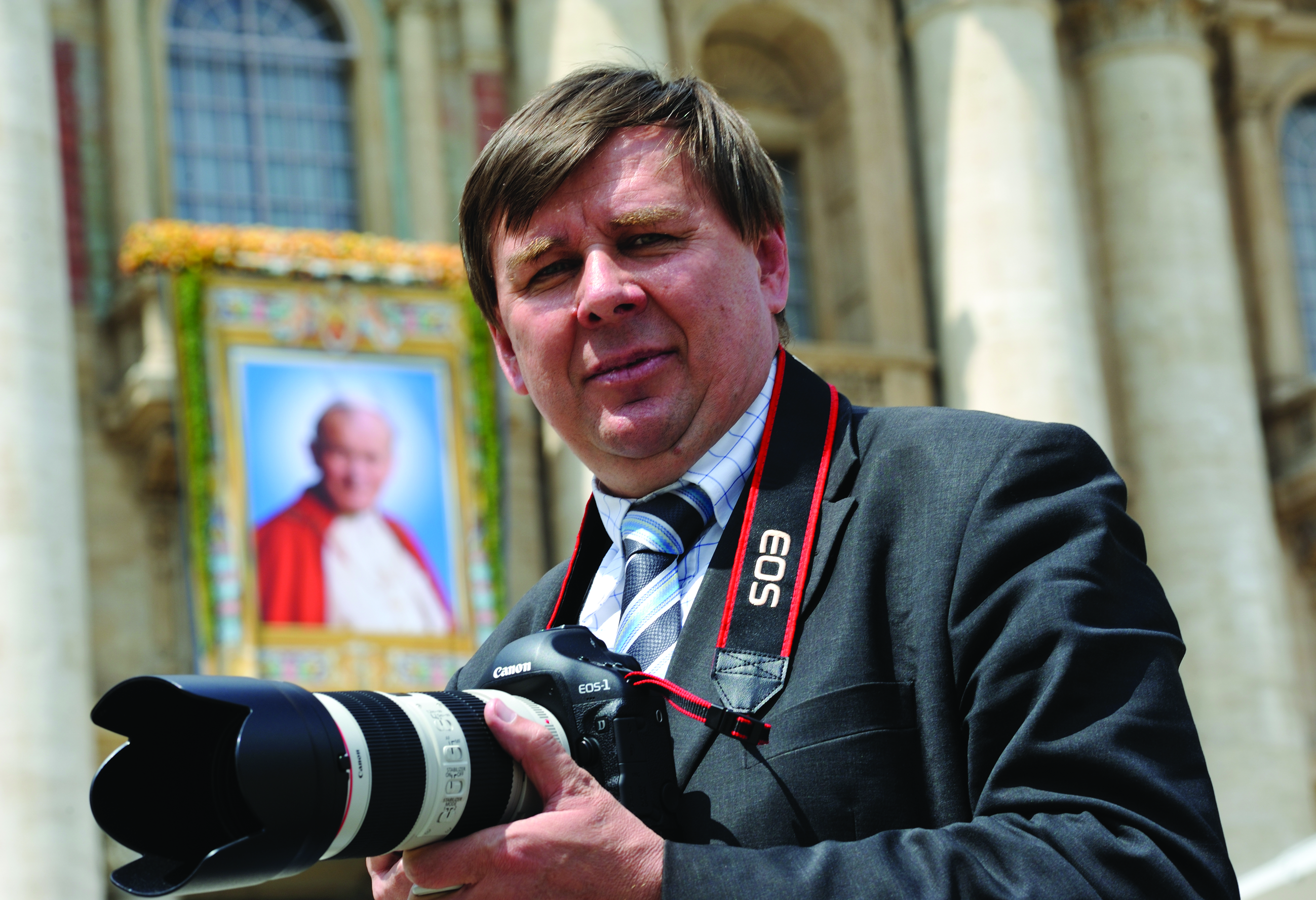
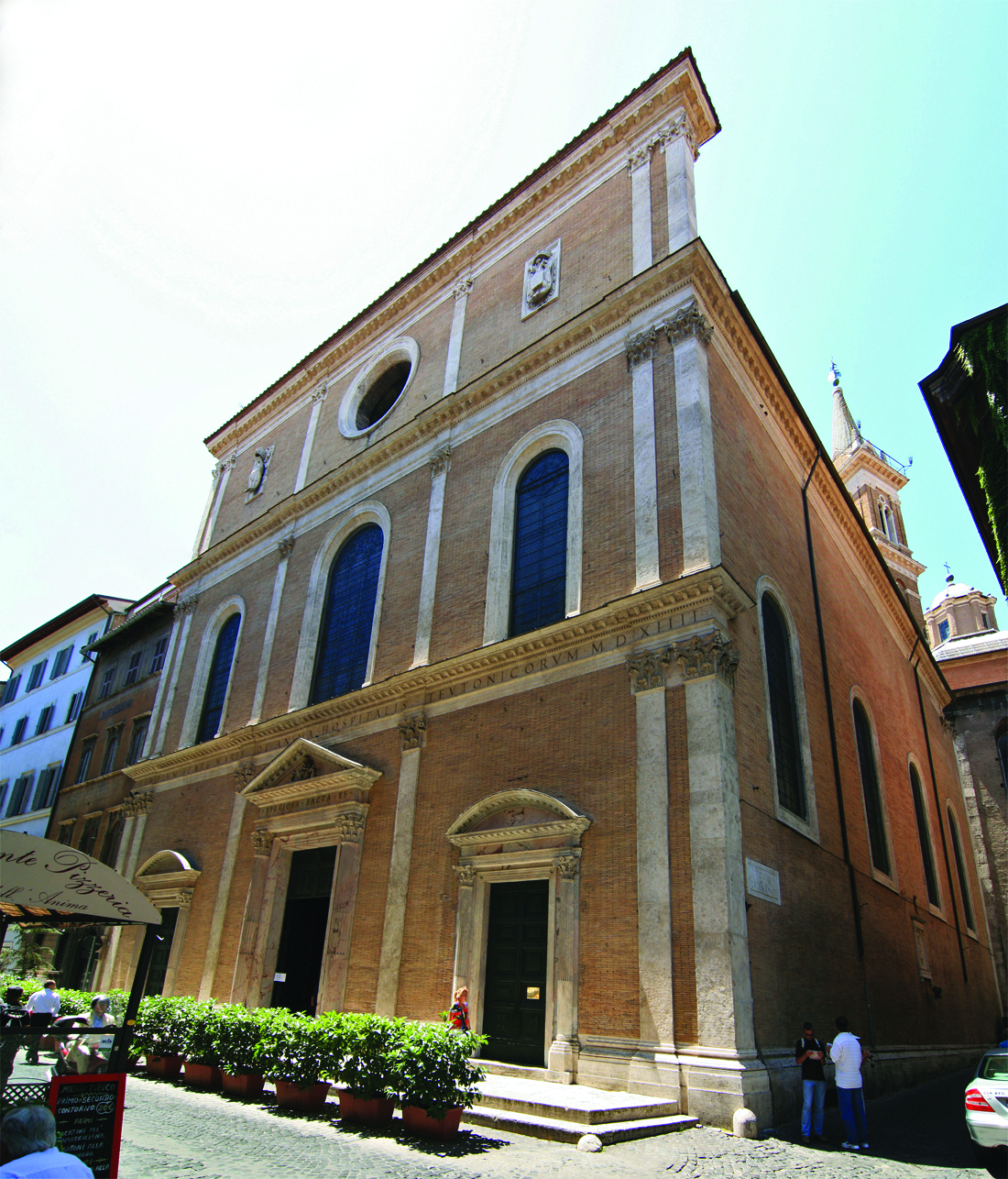
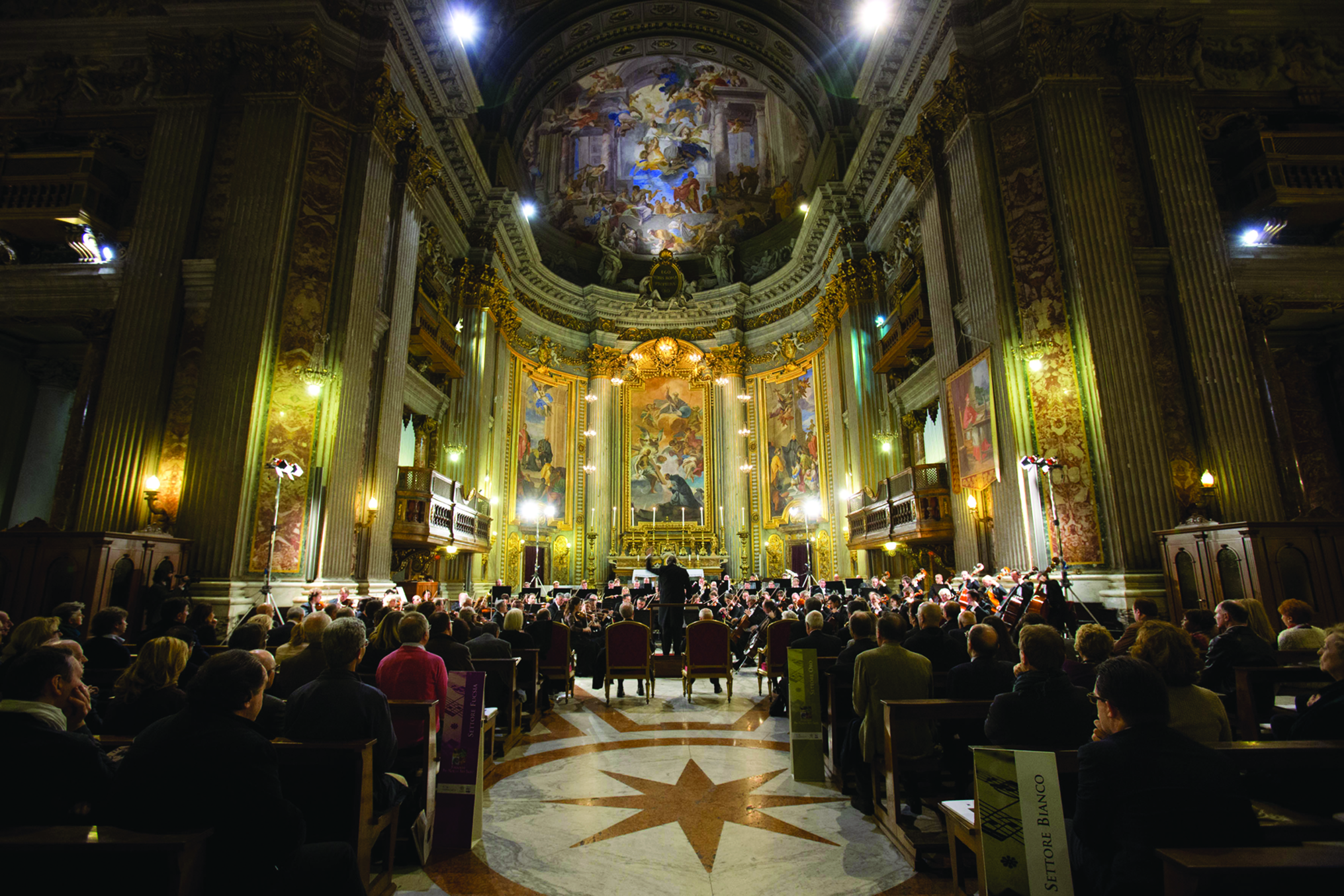
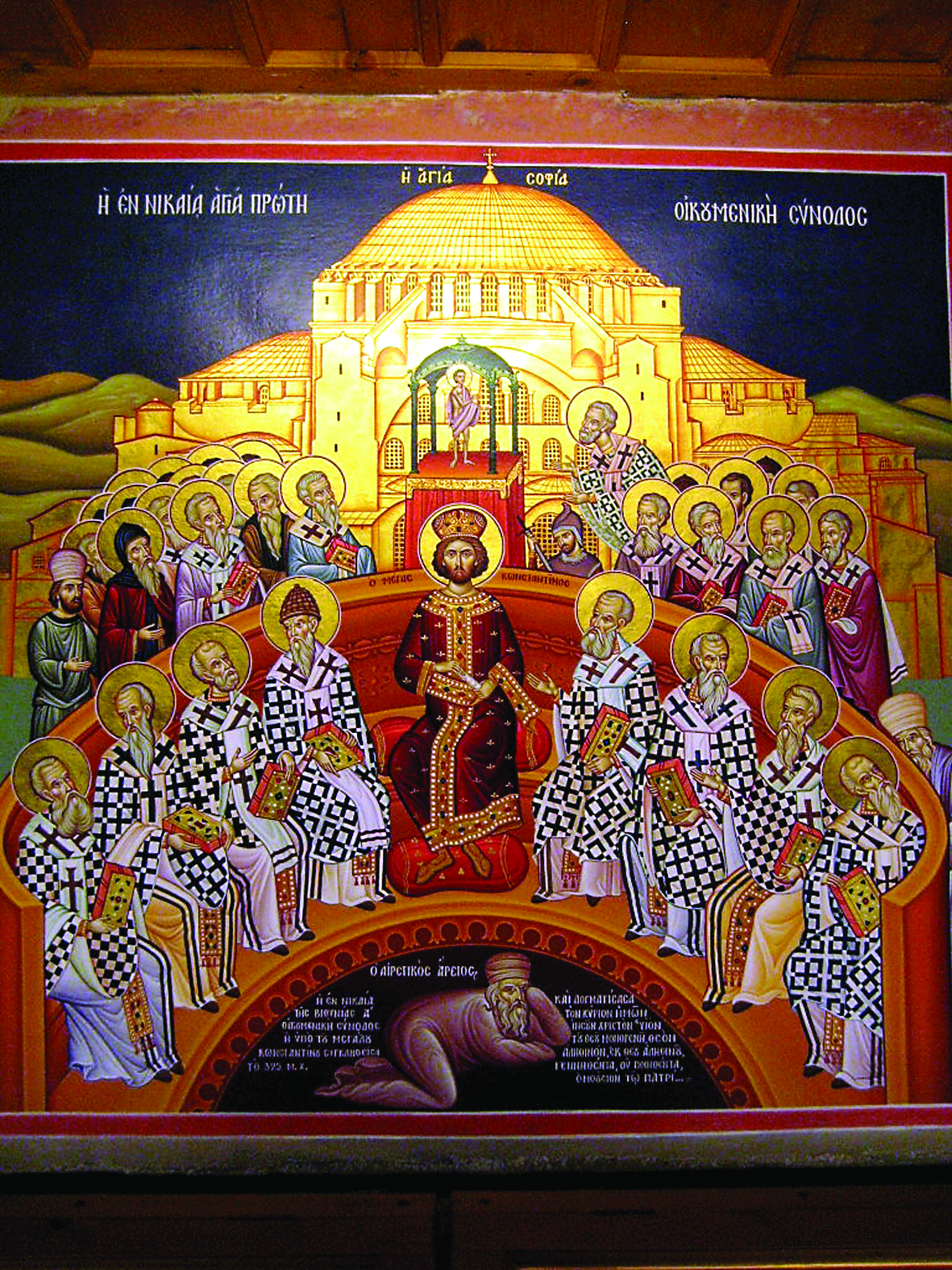
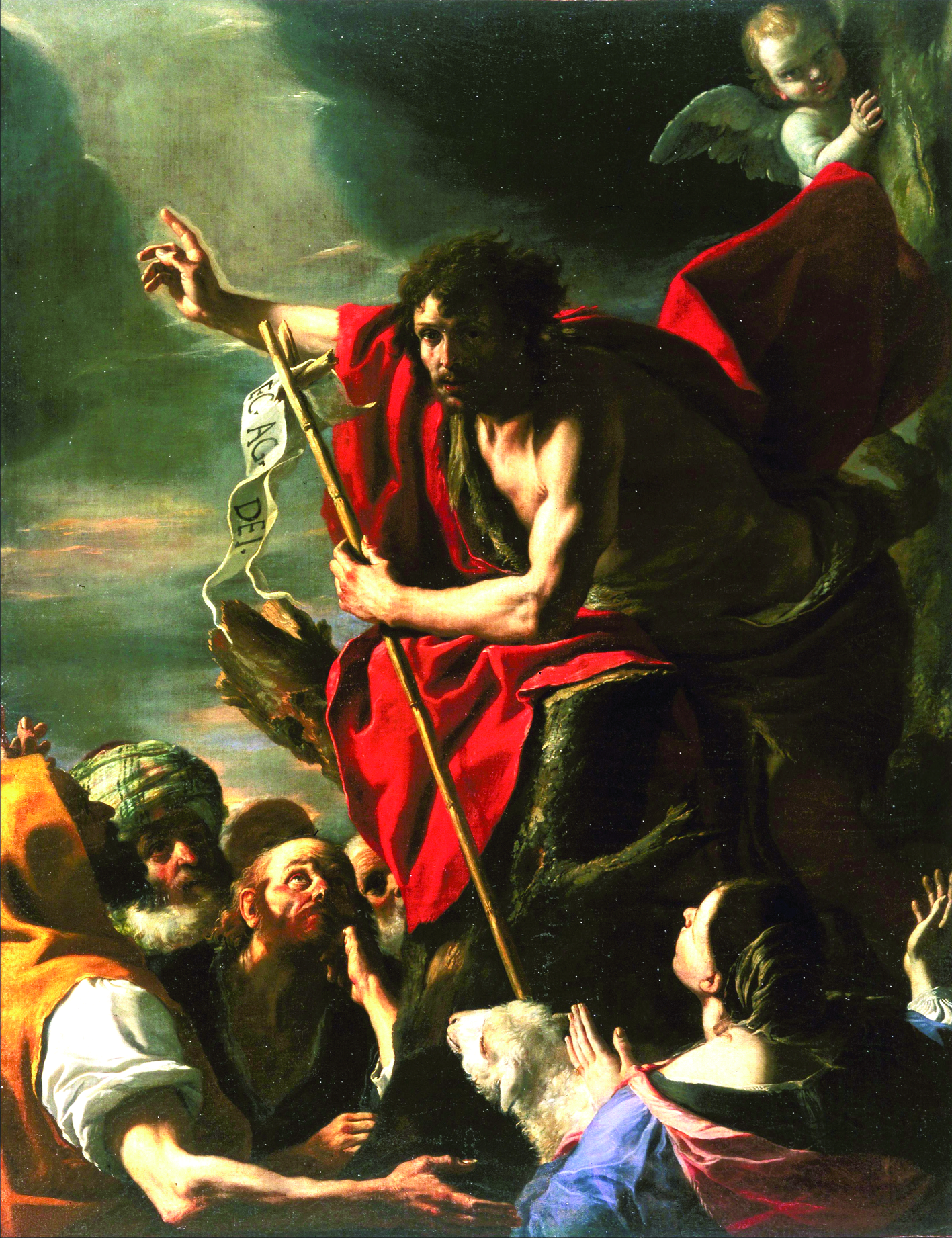
Facebook Comments